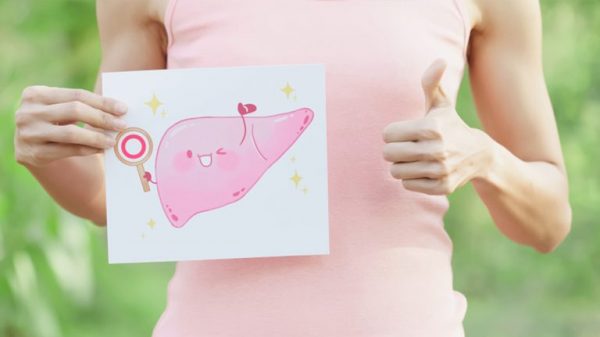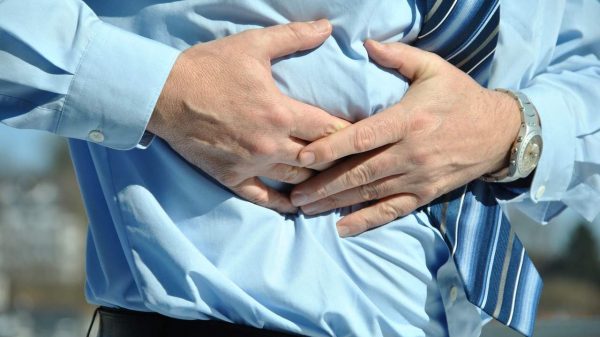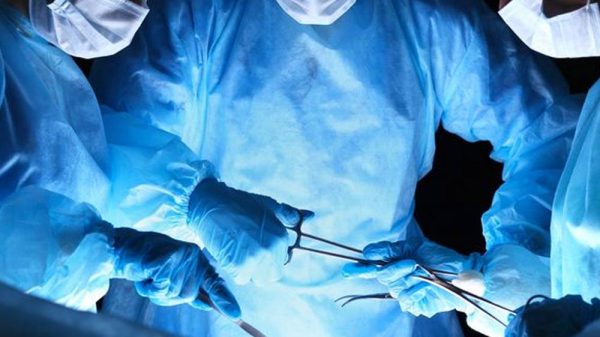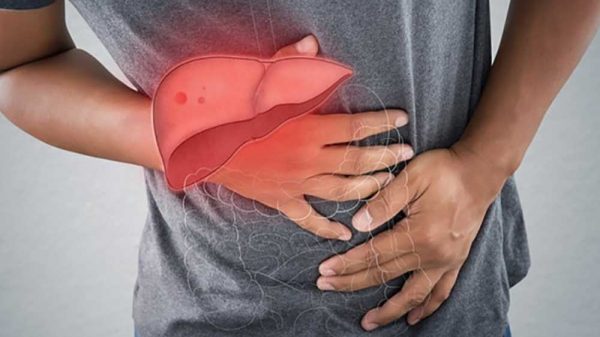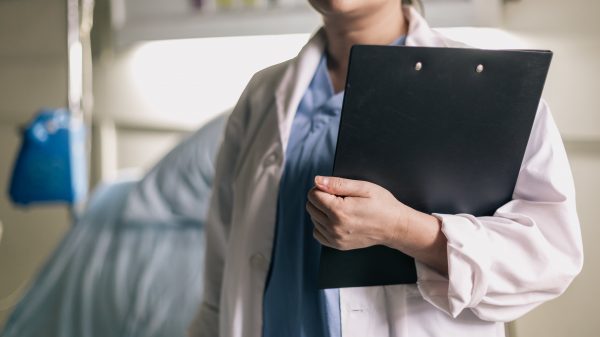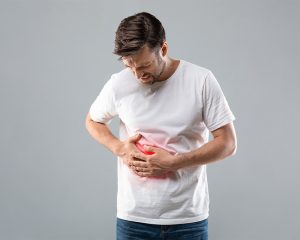Fatty liver disease can develop as a result of nonalcoholic fatty liver disease, or as a result of alcoholic fatty liver disease. Fatty liver disease is the most common liver disease in the United States. If you’ve recently been diagnosed with fatty liver disease, you may be wondering: Can fatty liver be reversed?
In this article, we discuss what it means to have fatty liver disease (nonalcoholic or alcoholic) and explore strategies you can use to manage the condition. Read on to find out more!
The Difference Between Nonalcoholic vs. Alcoholic Fatty Liver Disease
Fatty liver disease is a condition in which there is excess fat within liver tissue. Nonalcoholic fatty liver disease (NAFLD) is one of the most common forms of liver disease in the United States. This form of fatty liver disease often results from a combination of poor diet, metabolic syndrome, obesity, and genetic factors. Fatty liver disease is characterized by the buildup of fat particles within liver cells. This accumulation of fat particles in liver cells is called steatosis.
Alcoholic fatty liver disease, like nonalcoholic fatty liver disease, is characterized by the accumulation of fat within the liver. However, alcoholic fatty liver disease stems from the chronic consumption of large amounts of alcohol over a long period of time.
Can You Reverse Fatty Liver?
Now, let’s get to the main question: Can fatty liver be reversed? The answer is yes! If you intervene during the early stages of fatty liver disease, it’s possible to reverse the condition.
Eat a Balanced Diet
Eating healthy foods and avoiding junk foods are important steps for improving your liver health. Steer clear of refined grains, added sugars, and saturated fats, which cause metabolic dysfunction. Consume an abundance of foods that offer antioxidants, vitamins, minerals, complex carbs, healthy fats, fiber, and optimal ratios of essential amino acids.
Fruits and vegetables are packed with micronutrients like vitamins, minerals, and antioxidants that help reverse oxidative damage. Whole grains and beans are packed with fiber to support gut health and lower systemic inflammation. Nuts, seeds, and fatty fish offer omega-3 fatty acids, which exhibit potent anti-inflammatory activity in the liver. Fish, lean meats, and low-fat dairy offer high-quality protein with optimal ratios of essential amino acids, which can fight against muscle wasting and support healthy liver mechanisms.
Eating a balanced, healthy diet can help nourish the body and help the liver repair from damage. Following a Mediterranean diet is one diet plan that can help reverse fatty liver because it is rich in fruit, veggies, whole grains, dairy, and fatty fish.
Get Plenty of Essential Amino Acids
Essential amino acids are building blocks of protein that the body uses in nearly all biological processes. For example, it’s crucial to get optimal ratios of essential amino acids for the production of muscle tissue, connective tissue, hormones, enzymes, and neurotransmitters. Essential amino acids also play a critically important role in liver health.
Research reveals how essential amino acids can have a therapeutic effect on liver health, with particular implications for individuals with fatty liver disease. In a study published in Nutrition, researchers investigated the impact of essential amino acid supplementation on elderly individuals. (1) Results revealed that in comparison to the control trial, individuals showed a significant decrease in liver fat levels, cholesterol levels, and plasma triglycerides. (1) Interestingly, these changes were observed in the absence of other diet and lifestyle changes. (1)
Additionally, research shows that essential amino acids like histidine and leucine have protective effects on liver tissue by reducing inflammation and fat accumulation. (2)
The benefits of essential amino acids for liver health seem to extend beyond fatty liver disease. In fact, research reveals that certain essential amino acids called branched-chain amino acids may help stop the growth of liver cancer. (3)
Branched-chain amino acids have also been shown by research to have a therapeutic effect on chronic liver disease. In a study published in Nutrition Research, researchers administered branched-chain amino acid supplements to rats with carbon tetrachloride-induced liver disease. (4) Results showed that in comparison to the control, rats receiving the supplement experienced slower disease progression and less hepatic cell death. (4)
Getting essential amino acids in optimal ratios can be achieved by eating low-fat and nonfat meat and dairy products, combining veggie proteins, or taking a high-quality supplement.
Weight Loss
Obesity, high triglycerides, high cholesterol, and a diet high in fat and sugar can contribute to nonalcoholic fatty liver disease (NAFLD). Maintaining a healthy body weight can help regulate metabolic functions, lower systemic inflammation, and balance hormones. If you are striving to lose weight, focus on eating healthy foods, monitoring calorie intake, and engaging in regular physical activity. Weight loss is extremely helpful for reversing fat accumulation in the liver. Plus, losing weight can help mitigate co-occurring metabolic conditions like type 2 diabetes, high blood sugar, and insulin resistance.
Avoid Alcohol
Whether you have nonalcoholic fatty liver disease, alcoholic liver disease, alcoholic cirrhosis, or hepatitis, alcohol consumption only worsens your liver condition. The liver is a highly adaptable organ and is able to regenerate. So, avoiding alcohol gives your body the opportunity to heal from alcohol-induced oxidative stress and inflammation.
If you consume alcohol on a chronic basis and think you may be physically dependent on alcohol, seek medical advice from a health professional regarding the best way to detox from alcohol. There are numerous inpatient and outpatient treatment programs designed to support individuals struggling with alcohol addiction. It’s also a good idea to speak to a licensed addiction specialist who can recommend treatment programs in your area.
Visit the Doctor
It’s critical to make an appointment with your doctor and get a diagnosis. Your physician will be able to run blood tests and imaging tests to assess your liver health. For example, a blood test may reveal whether you have elevated liver enzyme levels, which can indicate liver inflammation. Imaging tests can also reveal an enlarged liver, damage and inflammation, or the presence of any abnormal growths. Your physician will also be able to conduct tests to detect the presence of viral hepatitis, such as hepatitis B or hepatitis C, and prescribe medications to manage the condition. Your treatment team may involve your general practitioner as well as specialists in hepatology and gastroenterology.
A registered dietitian or nutritionist may also be an integral part of your treatment team. A dietitian or nutritionist may help you
Why Is It Important to Reverse Fatty Liver?
It’s so important to reverse fatty liver disease because if left untreated, it can worsen and lead to more serious forms of liver disease.
Steatohepatitis describes the inflammation of liver tissue that occurs when fat builds up in the liver. Nonalcoholic steatohepatitis (NASH) develops as a result of NAFLD, while alcoholic hepatitis develops as a result of alcoholic fatty liver disease. When liver tissue becomes inflamed, it slowly starts to become damaged. Liver fibrosis refers to the accumulation of scar tissue within the liver.
Over time, liver fibrosis leads to liver cirrhosis. Liver cirrhosis describes significant scarring in the liver that causes damage and inhibits healthy functioning. A cirrhotic liver is hard and texture and is accompanied by symptoms like jaundice, fatigue, and muscle wasting. Early stages of fibrosis and cirrhosis may be managed with diet and lifestyle changes, as well as other medical inventions. However, cirrhosis can lead to significant liver disease and eventually, end-stage liver disease.
Liver cirrhosis and liver damage are risk factors for developing liver cancer. Liver cancer, or hepatocellular carcinoma, results from the proliferation of malignant cells. Cancerous cells contain damaged DNA, and the body has been unable to keep the growth of these dangerous cells in check. As a result, these malignant cells multiply and develop into cancerous growths. Liver cancer compromises liver function and can lead to end-stage liver disease and liver failure. The only treatment for liver failure is undergoing a liver transplant.
Key Takeaways: Is Fatty Liver Reversible?
Fatty liver disease causes fat buildup within liver cells and can eventually cause more serious liver conditions like fibrosis, cirrhosis, and liver cancer. Is fatty liver reversible? Luckily, it is possible to reverse fatty liver disease by making certain diet and lifestyle changes. Eating a healthy diet, exercising regularly, maintaining a healthy weight, and getting balanced ratios of essential amino acids are effective strategies for reversing fatty liver disease.
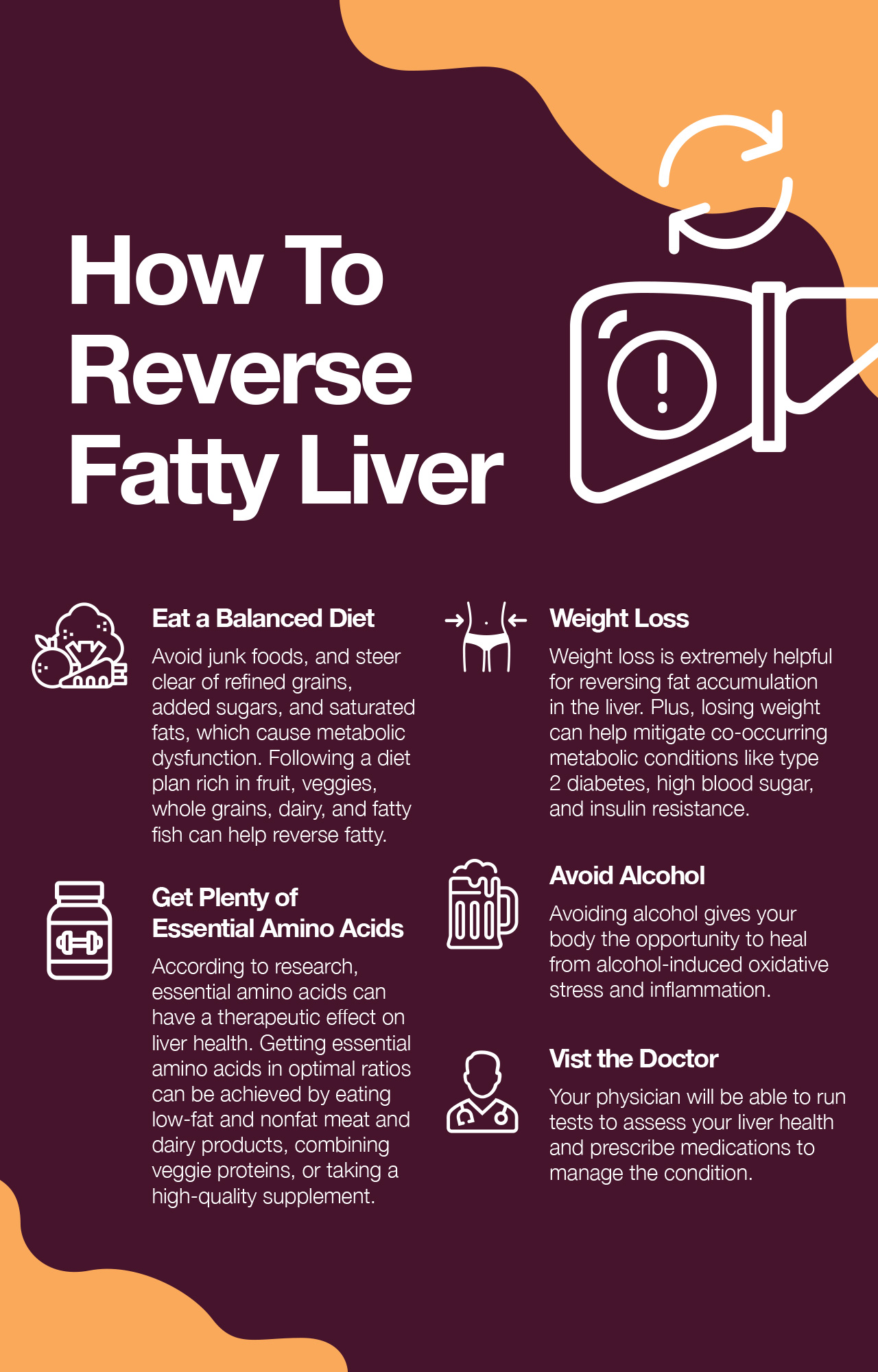
References:
(1) https://www.ncbi.nlm.nih.gov/pmc/articles/PMC2696073/
(2) https://www.ncbi.nlm.nih.gov/pmc/articles/PMC6619856/
